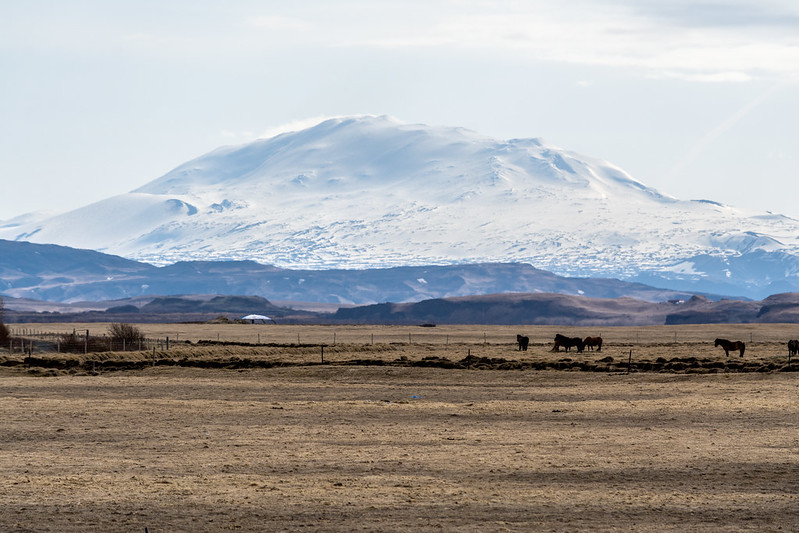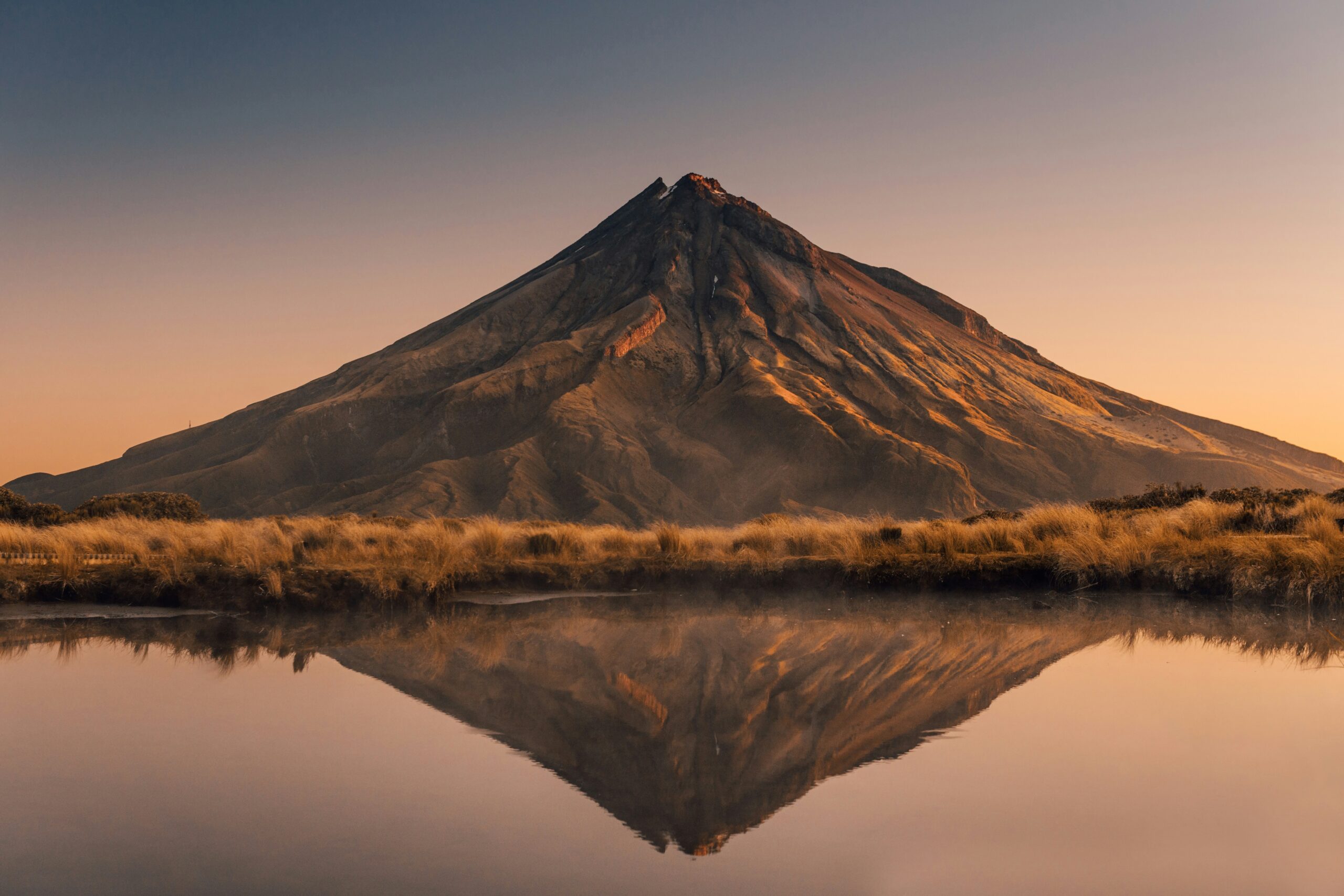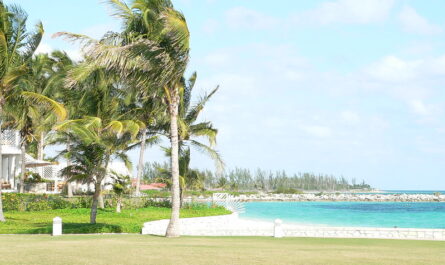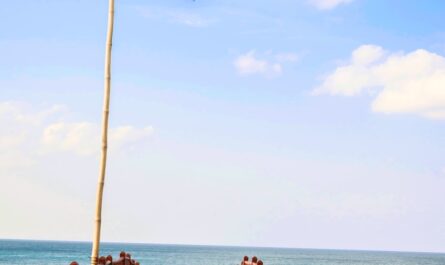Iceland, known as the “Land of Fire and Ice,” is a geological wonder that straddles the boundary between the Eurasian and North American tectonic plates. This unique positioning has given rise to an unparalleled array of volcanic landscapes, glaciers, and geothermal phenomena. From dramatic lava fields to towering glaciers and active volcanoes, Iceland’s landscape offers an extraordinary window into the dynamic forces shaping our planet.
This comprehensive article delves into Iceland’s volcanic landscapes, exploring the history, geology, and cultural significance of its features while highlighting the intricate interplay between fire and ice that defines this mesmerizing land.
Iceland: A Geological Marvel
1. Tectonic Setting
Iceland sits atop the Mid-Atlantic Ridge, where the Eurasian and North American tectonic plates diverge. This rift zone is responsible for the island’s extensive volcanic activity, making it one of the most volcanically active regions in the world.
- Hotspot Activity: Iceland is also situated over a volcanic hotspot, where magma from deep within the Earth rises to the surface.
- Geothermal Energy: The combination of plate tectonics and hotspot activity fuels Iceland’s geothermal power, providing renewable energy to much of the nation.
2. Fire Meets Ice
Iceland’s unique environment combines fiery volcanoes and massive glaciers, creating a dynamic landscape where these opposing forces interact.
- Subglacial Volcanism: Eruptions beneath glaciers often lead to explosive events and catastrophic flooding known as jökulhlaups.
- Lava Meets Ice: The interaction between molten lava and ice has sculpted some of Iceland’s most distinctive geological features.
The Iconic Lava Fields of Iceland
Lava fields, or hraun, are a defining feature of Iceland’s volcanic terrain. These vast expanses of solidified lava tell the story of past eruptions and provide a glimpse into the island’s geological history.
1. Eldhraun Lava Field
The Eldhraun Lava Field, created by the catastrophic Laki eruption of 1783-1784, is one of Iceland’s most expansive lava landscapes.
- Historical Impact: The eruption caused widespread famine and global climatic effects, including the “Year Without a Summer.”
- Tourism and Beauty: Today, Eldhraun is covered in moss, creating a surreal, otherworldly appearance that attracts visitors from around the globe.
2. Holuhraun Lava Field
Located near the Bárðarbunga volcanic system, Holuhraun is one of Iceland’s newest lava fields, formed during an eruption in 2014-2015.
- Geological Insights: The eruption provided valuable data on magma movement and eruption dynamics.
- Accessible Wonder: Visitors can explore Holuhraun, witnessing the raw, unweathered lava that showcases the power of Iceland’s volcanism.
3. Reykjanes Peninsula
The Reykjanes Peninsula is a geothermal hotspot dotted with lava fields, hot springs, and fumaroles.
- Recent Activity: The 2021 and 2022 eruptions at Fagradalsfjall have drawn global attention, offering a rare opportunity to witness a live eruption in a safe environment.
- Geothermal Marvels: The area is also home to attractions like the Blue Lagoon, where geothermal waters provide a relaxing contrast to the rugged volcanic terrain.
Iceland’s Towering Glaciers
Glaciers cover approximately 11% of Iceland’s landmass, forming a stark contrast to its volcanic landscapes. These massive ice sheets play a crucial role in shaping the island’s geography and influencing its climate.
1. Vatnajökull Glacier
As the largest glacier in Europe, Vatnajökull dominates Iceland’s southeast region and houses several active volcanoes beneath its icy expanse.
- National Park: Vatnajökull National Park is a UNESCO World Heritage Site, offering a range of activities from glacier hiking to ice cave exploration.
- Subglacial Volcanoes: Beneath Vatnajökull lies Grímsvötn, one of Iceland’s most active volcanoes.
2. Langjökull Glacier
Langjökull, Iceland’s second-largest glacier, is a hub for adventure tourism.
- Ice Tunnels: Visitors can explore man-made tunnels that provide a unique perspective on glacier interiors.
- Climate Indicators: Langjökull’s shrinking size highlights the impacts of climate change on Iceland’s glaciers.
3. Eyjafjallajökull Glacier
Eyjafjallajökull, famous for its 2010 eruption, sits atop a volcano of the same name.
- Global Disruption: The eruption sent ash clouds into the atmosphere, disrupting air travel across Europe.
- Tourist Attraction: The glacier-volcano combo remains a popular destination for hiking and sightseeing.
Active Volcanoes: The Heartbeat of Iceland
Iceland boasts more than 30 active volcanic systems, each with its own unique characteristics and history of eruptions. These volcanoes are not only geological marvels but also culturally significant landmarks.
1. Hekla: The Gateway to Hell
Hekla, one of Iceland’s most famous volcanoes, has erupted more than 20 times since the settlement of Iceland.
- Historical Perceptions: In medieval Europe, Hekla was believed to be an entrance to Hell.
- Modern Adventures: Today, hikers can ascend Hekla for breathtaking views of the surrounding landscapes.
2. Katla: A Sleeping Giant
Located beneath the Mýrdalsjökull glacier, Katla is one of Iceland’s most dangerous volcanoes.
- Eruption Potential: Katla’s last major eruption occurred in 1918, and its activity is closely monitored due to the risk of catastrophic flooding.
- Cultural Impact: Katla features prominently in Icelandic folklore and modern media.
3. Askja: A Volcanic Caldera
Askja, located in the central highlands, is a massive caldera surrounded by lunar-like landscapes.
- Astronaut Training: The Apollo astronauts trained here in preparation for moon landings.
- Lake Öskjuvatn: A deep lake within the caldera is a striking feature, contrasting with the barren terrain.
The Interplay of Fire and Ice
The dynamic interaction between Iceland’s volcanoes and glaciers has created some of its most awe-inspiring features.
1. Jökulhlaups
These glacial outburst floods occur when volcanic activity melts large amounts of glacial ice, leading to catastrophic flooding.
- Notable Events: The 1996 eruption of Grímsvötn beneath Vatnajökull caused one of the largest jökulhlaups in recorded history.
- Geological Insights: These events leave behind unique landforms, such as canyons and flood plains.
2. Ice-Covered Volcanoes
Volcanoes like Snæfellsjökull and Eyjafjallajökull are capped with glaciers, creating a striking visual contrast.
- Tourism and Spirituality: Snæfellsjökull is featured in Jules Verne’s novel Journey to the Center of the Earth and is considered a spiritual site.
Cultural Significance of Iceland’s Volcanic Landscapes
Iceland’s volcanoes and glaciers have profoundly influenced its culture, folklore, and identity.
1. Folklore and Mythology
- Trolls and Elves: Lava fields are often associated with stories of trolls and hidden people.
- Mythical Origins: Many volcanic features are linked to Icelandic creation myths.
2. Art and Literature
Icelandic landscapes have inspired countless works of art, music, and literature.
- Halldór Laxness: Iceland’s Nobel Prize-winning author often drew on the island’s dramatic landscapes.
- Contemporary Media: Iceland’s volcanoes and glaciers feature prominently in films and TV shows, including Game of Thrones.
3. Modern Identity
The resilience of Icelanders in the face of volcanic eruptions reflects their deep connection to the land.
The Future of Iceland’s Volcanic Landscapes
1. Geological Monitoring
Advanced technologies, including seismic sensors and satellite imagery, help scientists monitor volcanic activity and predict eruptions.
2. Climate Change Impacts
Rising temperatures threaten Iceland’s glaciers, altering the balance between fire and ice.
3. Sustainable Tourism
Efforts are underway to manage the growing number of tourists visiting Iceland’s volcanic sites, ensuring that these landscapes are preserved for future generations.
Conclusion
Iceland’s volcanic landscapes are a testament to the planet’s dynamic nature, where the forces of fire and ice collide to create breathtaking beauty and unparalleled geological diversity. From moss-covered lava fields and glistening glaciers to the rumbling depths of active volcanoes, Iceland offers a glimpse into Earth’s fiery core and icy extremes.
As the world grapples with environmental challenges, Iceland’s unique landscapes remind us of the delicate balance between nature’s power and humanity’s responsibility. By embracing sustainable practices and scientific advancements, we can ensure that these extraordinary features continue to inspire and awe for generations to come.



